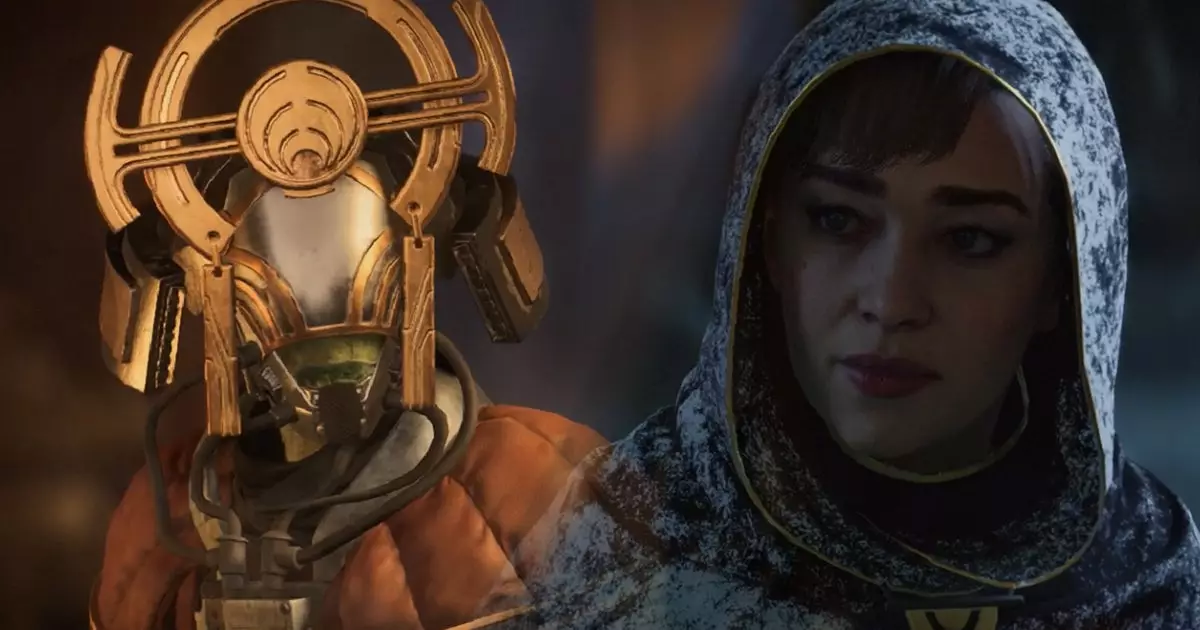Ubisoft has recently rolled out a substantial patch for their open-world game, Star Wars Outlaws. This update is particularly focused on enhancing the stealth mechanics, an aspect of the game that has garnered mixed reviews and significant critique since the game’s release. While patches are a standard procedure in the gaming industry, especially for vast open-world experiences, this one aims to address specific issues that players have raised about the stealth gameplay.
One of the most significant aspects of game development is listening to player feedback, and with Star Wars Outlaws, the feedback regarding stealth has been notably vocal. Complaints have ranged from concerns about realism in combat scenarios, such as the seemingly absurd notion of a character incapacitating armored stormtroopers with ease, to broader frustrations with the game’s stealth mechanics themselves. Quotes from players wanting to entirely remove the stealth component in favor of more direct combat highlight a fundamental division in player preferences. Some players want a straight action experience, while others appreciate the layers that stealth can bring when executed well.
Ubisoft’s patch attempts to bridge this divide by revising stealth mechanics fundamentally, hoping to elevate the game’s overall enjoyment. However, significant questions loom over whether these changes will adequately address the grievances raised or simply provide surface-level improvements that do not satisfy the core issues at stake.
The intricate adjustments listed in the patch include significant changes to AI behaviors, NPC placements, and environmental cues aimed at reducing player frustration. These alterations come on the heels of a candid acknowledgment from the game’s creative director, Julian Gerighty, who described certain forced stealth segments as “incredibly punishing.” His admission is telling; it not only signals a willingness to accept that aspects of the gameplay are not meeting player expectations but also emphasizes an intent to create a more engaging and user-friendly experience moving forward.
Gerighty’s remarks about low-hanging fruit suggest a belief that there are readily available improvements that can be made to streamline gameplay and enhance user experience. This kind of honesty in development is crucial in an industry often criticized for managing player expectations poorly or ignoring feedback until significant patches are warranted.
While the main focus may be on stealth, the patch encompasses broader improvements across various gameplay areas. Features such as changes to open-world events, fixes for bugs, and incremental upgrades to graphics enhance the overall experience. Improvements to performance, including enhancements to VRAM usage, frame generation, and ray tracing technologies, indicate Ubisoft’s commitment to delivering not just a playable product, but one that visually impresses and functions smoothly.
The amusing yet trivial fixes, such as addressing the animation issues with the protagonist Kay’s hair during rain or a minor aiming glitch, may reflect a desire to polish details that contribute to the overall immersion. While these elements might seem insignificant at first glance, they collectively contribute to the world-building that players have come to expect in high-quality gaming environments.
Despite the release of this patch, Star Wars Outlaws had what could be classified as a “softer launch” than Ubisoft anticipated. The decision to delay other projects, such as Assassin’s Creed Shadows, underscores a broader awareness within the company of needing to reassess and realign development priorities based on player feedback and experiences.
Ultimately, while the latest patch for Star Wars Outlaws aims to address critical feedback regarding stealth and other gameplay mechanics, the future of the title depends on Ubisoft’s ability to sustain dialogue with its player base and continually refine their gaming experience. In a landscape where player satisfaction can make or break a game, it is imperative that developers remain adaptable and responsive to player needs, ensuring that each new update moves them closer to creating an engaging and enjoyable gaming experience.

